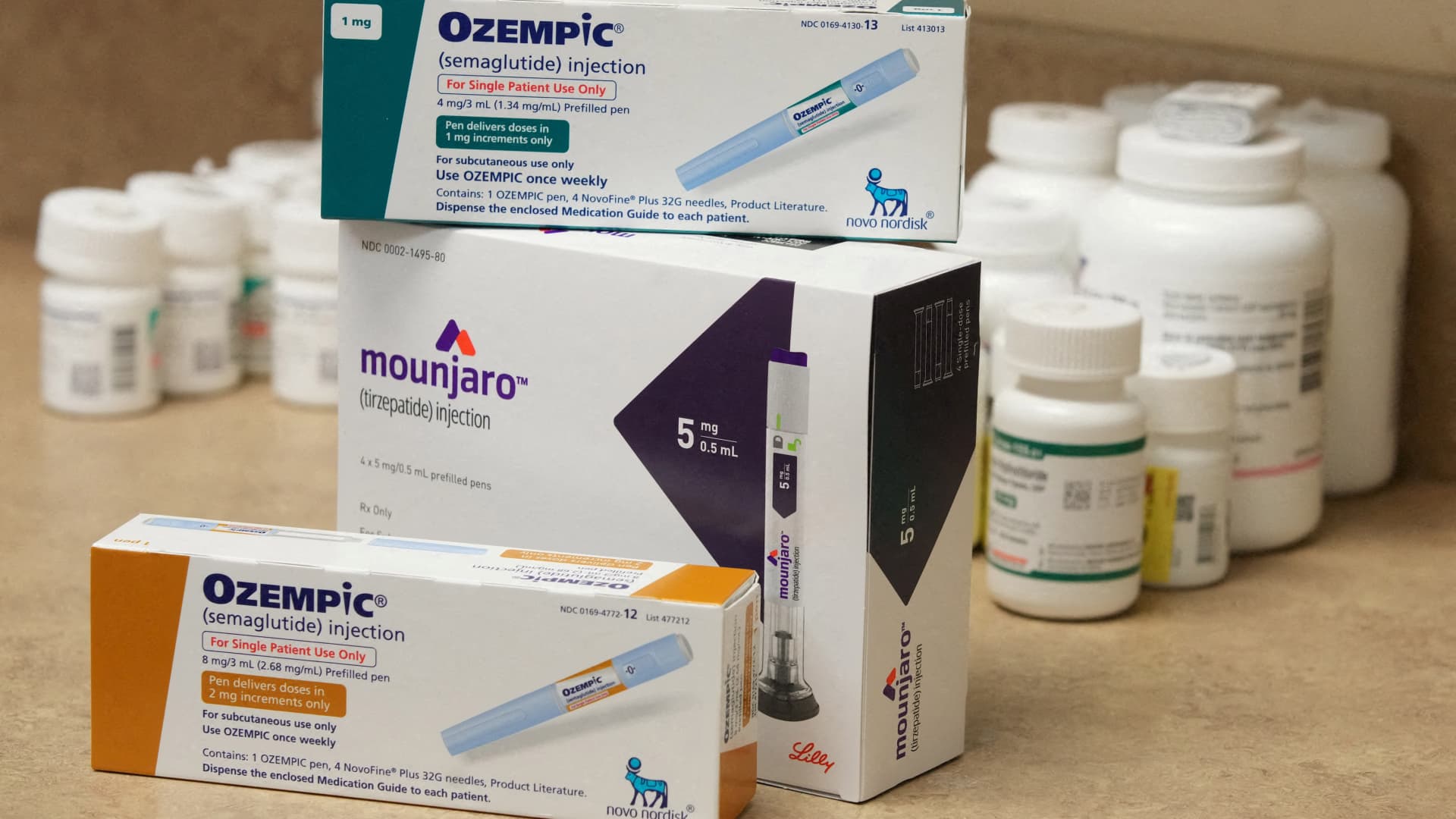Visitors attend UGM 2025.
Courtesy of the epic
Space travelers, robots and, of course, artificial intelligence.
All were on exhibition on Tuesday at the Annual Meeting of the Epic Systems Users Group, held on the 1,670 acres campus of the health software giant in Verona, Wisconsin.
Judy Faulkner, an EPIC 82 -year CEO, dressed for the occasion with a purple wig with green neon shoes and an iridescent vest, reminiscent of the fictional character that Zumba to Lightyear of the “Toy Story” franchise.
In the science fiction theme event, Faulkner told the crowd that Epic has approximately 200 characteristics of the development of development that aim to help patients, doctors and insurers.
“We are combining the intelligence and curiosity of the human being with the AI generation research capabilities,” said Faulkner, in front of thousands of medical care executives in an underground auditorium of 11,400 seats.
Epic, one of the largest private technology companies, is better known for its Electronic Health registration, or EHR. A EHR is a digital version of the medical history of a patient updated by doctors and nurses, and technology is an integral part of the modern medical care system in the United States.
EPIC software, which competes with Oracle Health (previously Cerner) is used by 280 million Americans, according to the company. Many patients know EPIC due to their user portal called Mychart.
Last week, Epic announced Mychart Central, which will allow patients to log in to Mychart with only a set of credentials, instead of needing a username and password for each health system they visit. It is equally useful for medical care organizations, said Faulkner.
“It will spend less time managing patient calls and restoring passwords,” he said in his opening on Tuesday. “Demographic changes such as address should be added only once.”
A new addition to the Mychart portal is Emmie's assistant always on, which the company said it can answer questions about the laboratory results, propose the appointment times and suggest relevant exams that patients can discuss with their doctor.
During the presentation of three hours of Epic, Faulkner and other executives presented Emmie, as well as other AI attendees, the company calls art and cent, highlighting new capabilities that will come in next year and beyond.
Medical care executives attend UGM 2025.
Courtesy of the epic
The art wizard is intended for doctors and is intended to act as an active digital colleague, said the company. The ART may anticipate the information that a doctor may need, for example, and can extract information such as blood pressure trends, update the family history of a patient and place orders.
The company also said that art can write clinical notes, which was one of the most anticipated ads before the conference. Clinical documentation tools, which are often called AI scribes, can take notes on patient visits in real time as doctors record their encounters, with the consent of a patient.
IA scribes have exploited in popularity as medical care executives seek solutions to help reduce the exhaustion of personnel and discouraging administrative workloads. Some new companies in space, including Abridge and Environment Healthcare, have raised hundreds of millions of dollars from investors.
Epic said his AI graphic tool is being built in collaboration with Microsoft. Epic and Microsoft have been working closely together for approximately two decades, and Microsoft's Dax co -ilot product is already a popular offer within the Scribing AI market.
“We are proud to collaborate with Epic to explore how we can carry our Core Dragon Ambient AI technology to the new EPIC AI diagram capacity to further improve the benefit of attention,” said Joe Petro, Corporate Vice President of Microsoft Health & Life Sciences in a statement.
The Epic Centa Assistant is designed to help with the management of the income cycle and other administrative needs, such as generating appeal letters for insurance claims that are denied. It can also help accelerate medical coding serving suggestions, Faulkner said. Those two characteristics are already live.
“With all the challenges faced by medical care organizations, we must ensure that our doctors and organizations are strong and work well to be able to serve patients,” Faulkner said.
Epic closed his executive direction by mocking the new AI capabilities that are reaching Cosmos, which is a set of data from unidentified patients that doctors can use to conduct research. Health systems have to choose to participate in Cosmos, and the database currently includes information of more than 1,760 hospitals and 300 million patients.
Epic said it is building a set of patented fundamental models, called Cosmos AI, based on these data. The company is still evaluating different applications of the models and launched the Laboratory of the Cosmos to help researchers and data scientists learn more.
Executives said the models could be used to predict a timeline of possible medical events of a patient, as if they are a risk of readmission or that they could eventually experience a heart attack.
“We are discovering that it continues to improve, since it sees more patients,” said Seth Hain, Senior Vice President of Epic Research and Development. “Having used only 8 billion meetings so far, we are just starting.”
LOOK: The health sector was late for a rebound












